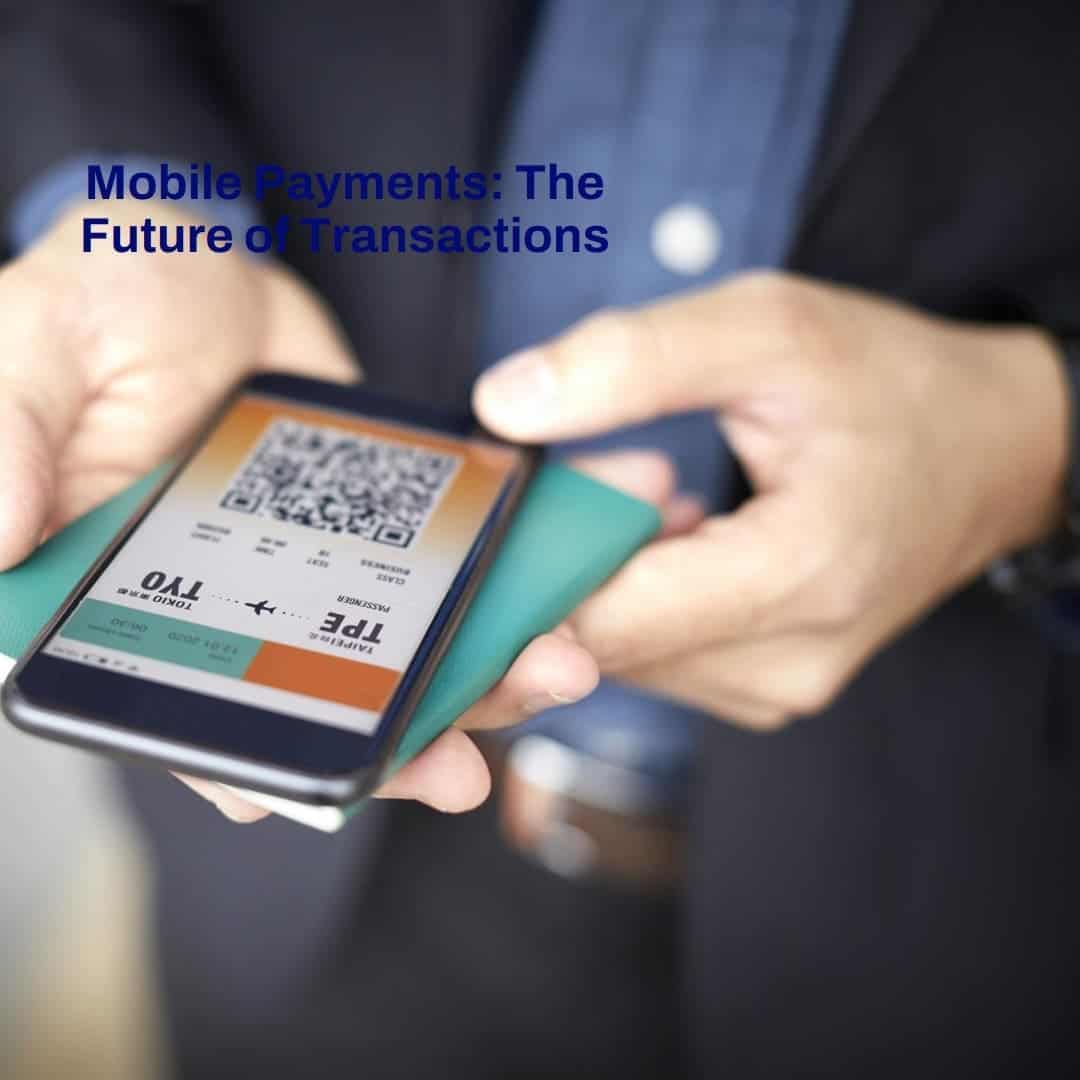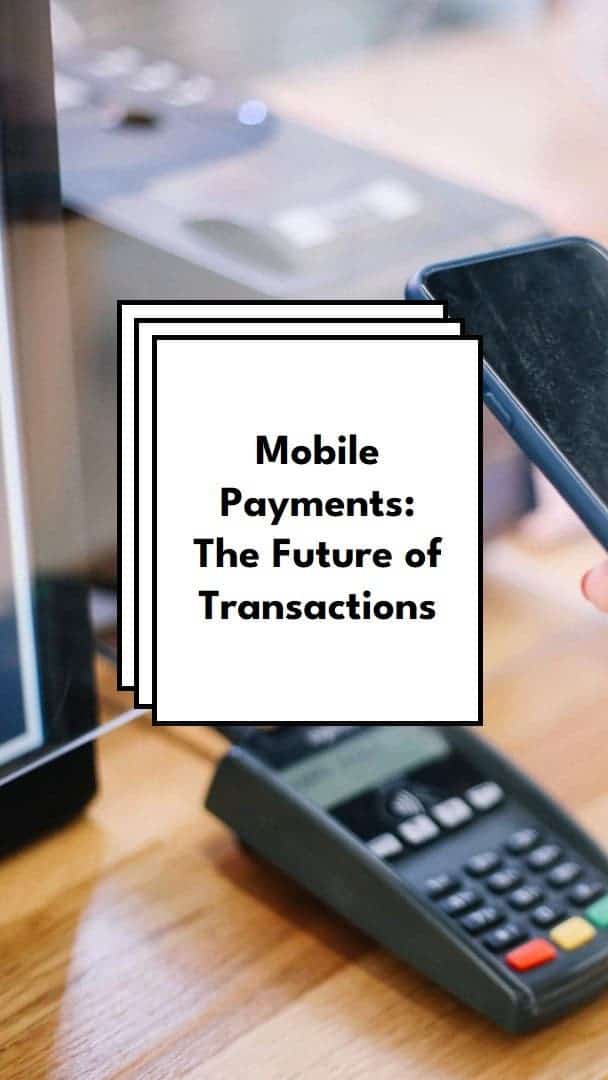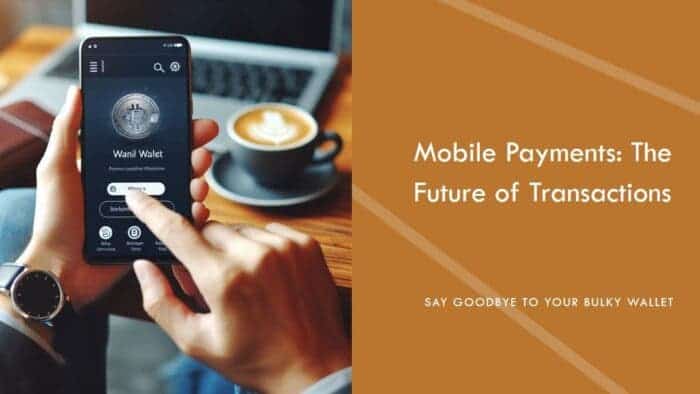The days of fumbling through a cluttered wallet, searching for the right card, seem to be fading. Mobile wallets and contactless payments are rapidly transforming the way we handle transactions. But can your smartphone truly become a full-fledged replacement for your traditional wallet? Let’s dive into the world of digital wallets, exploring their advantages, security considerations, and the potential drawbacks of leaving your physical wallet behind.
Can Your Smartphone Replace Your Bulky Wallet? A Look at the Rise of Mobile Payments

The Rise of the Digital Wallet
Mobile wallets, essentially digital versions of physical wallets, store your payment information securely on your smartphone. With a tap, scan, or secure code, you can make contactless payments at stores, on public transport, and even for online purchases. Popular options include Apple Pay, Google Pay, and Samsung Pay, each with its own set of features and compatibility.
The convenience factor is undeniable. Carrying a single device eliminates the need for multiple cards, reducing the risk of loss or theft. Transactions are often faster, especially compared to swiping or inserting cards. Additionally, some mobile wallets offer loyalty program integration and instant receipts, streamlining the entire shopping experience.
Leading the Cashless Charge
The shift towards cashless societies is most prominent in developed nations like Scandinavia, South Korea, and Singapore. These countries boast high smartphone penetration, robust digital infrastructure, and a population receptive to new technologies. Governments and financial institutions often play a proactive role, incentivizing the use of mobile payments through cashback offers and merchant adoption programs.
However, the global picture is more nuanced. Cash remains king in many parts of the world, particularly in regions with limited access to smartphones or reliable internet connections. Cultural preferences and concerns about privacy also play a role. For instance, Germany, known for its data protection laws, has been slower to embrace mobile payments compared to its Nordic counterparts.
Security and Privacy: Are Your Transactions Safe?
Security is a primary concern when discussing mobile payments. Digital wallets typically employ robust encryption technologies and multi-factor authentication to safeguard your financial information.
Here’s how it works: Unlike physical cards, your actual credit card details are not transmitted during a contactless transaction. Instead, a unique token is used, making it virtually impossible for someone to steal your card information even if they intercept the data.
Furthermore, most mobile wallets offer additional security features like remote wipe-out functionality, allowing you to disable the wallet in case your phone gets lost or stolen. This adds another layer of protection compared to a misplaced physical wallet containing all your cards.
However, privacy concerns remain. Mobile wallets collect data about your spending habits and locations, which can be used for targeted advertising or even shared with third parties depending on the provider’s policies. Understanding how your data is collected, stored, and used is crucial before making the switch to mobile payments.

Drawbacks and Considerations
While convenient, mobile wallets are not without their drawbacks. Here are some key considerations:
- Battery Dependence: A dead phone renders your mobile wallet useless. Always ensure sufficient battery life before heading out for a shopping spree.
- Limited Acceptance: Although growing, contactless payment acceptance isn’t universal. Smaller stores and vendors might not have the necessary infrastructure.
- Technical Glitches: Technology isn’t foolproof. Technical glitches at the payment terminal or on your phone can lead to frustrating transaction failures.
- Risk of Account Takeover: While uncommon, a compromised phone with a compromised mobile wallet could lead to unauthorized transactions. Ensure strong passwords and keep your phone software updated.
The Future of Payments: A Coexistence or a Digital Takeover?
The future of payments is likely to see a coexistence of physical wallets and mobile solutions. While mobile wallets offer unmatched convenience and security, they might not completely replace traditional methods. Cash will likely remain preferred for smaller transactions or in situations where privacy is paramount.
The key lies in offering consumers a choice. As technology advances, mobile wallets will likely become even more secure and user-friendly, encouraging wider adoption. Additionally, integrating other functionalities like storing IDs or loyalty cards could further incentivize users to ditch the physical wallet altogether.
Tips and tricks to get the most out of your mobile wallet and navigate the world of contactless payments:
Optimizing Your Mobile Wallet:
- Choose the Right Wallet: Research different mobile wallets like Apple Pay, Google Pay, and Samsung Pay to see which one is most compatible with your phone and frequently used stores.
- Load Up Wisely: Start by adding just a few essential cards to your mobile wallet. You can always add more later.
- Prioritize Security: Enable strong passwords, fingerprint or face ID recognition for unlocking your phone and the mobile wallet app itself.
- Explore Additional Features: Many wallets offer loyalty program integration, budgeting tools, and instant receipt storage. Take advantage of these features for a more streamlined spending experience.
- Stay Updated: Ensure your phone’s operating system and the mobile wallet app itself are updated with the latest security patches.
Mastering Mobile Payments:
- Plan for Battery Drain: Carry a portable charger or keep an eye on your battery life to avoid a dead phone at checkout.
- Embrace Offline Functionality: Some mobile wallets allow limited offline transactions. Check your wallet’s features to see if this is an option.
- Know Your Limits: Be aware of any spending limits associated with contactless payments. This can help you avoid exceeding your budget.
- Keep a Backup (Just in Case): While mobile wallets offer security, it’s wise to carry at least one essential card as a backup for situations where contactless payments aren’t accepted.
Security and Privacy Best Practices:
- Beware of Public Wi-Fi: Avoid making mobile payments on unsecured public Wi-Fi networks. Use cellular data instead for added security.
- Review Data Practices: Understand how your mobile wallet provider collects, stores, and utilizes your spending data. Adjust privacy settings within the app if necessary.
- Report Suspicious Activity: If you notice any unauthorized transactions or suspicious activity on your mobile wallet, report it immediately to your bank or wallet provider.
- Be Wary of Scams: Phishing scams targeting mobile wallets exist. Never share your mobile wallet login credentials or one-time passcodes with anyone.
By following these tips and staying informed about the latest developments in mobile payments, you can leverage the convenience and security of this technology while keeping your financial information safe. Remember, the choice between a traditional wallet and a mobile one is yours. But with a little planning and these helpful tricks, you can seamlessly integrate mobile payments into your daily routine.
Conclusion: The Choice is Yours
Can your smartphone replace your wallet entirely? The answer depends on your lifestyle, preferences, and the technological infrastructure in your area.
Mobile wallets offer undeniable convenience and security benefits, but for now, it’s wise to carry both options. As digital payment systems continue to evolve, the bulky wallet might become a relic of the past, but for now, the choice remains in your hands.





